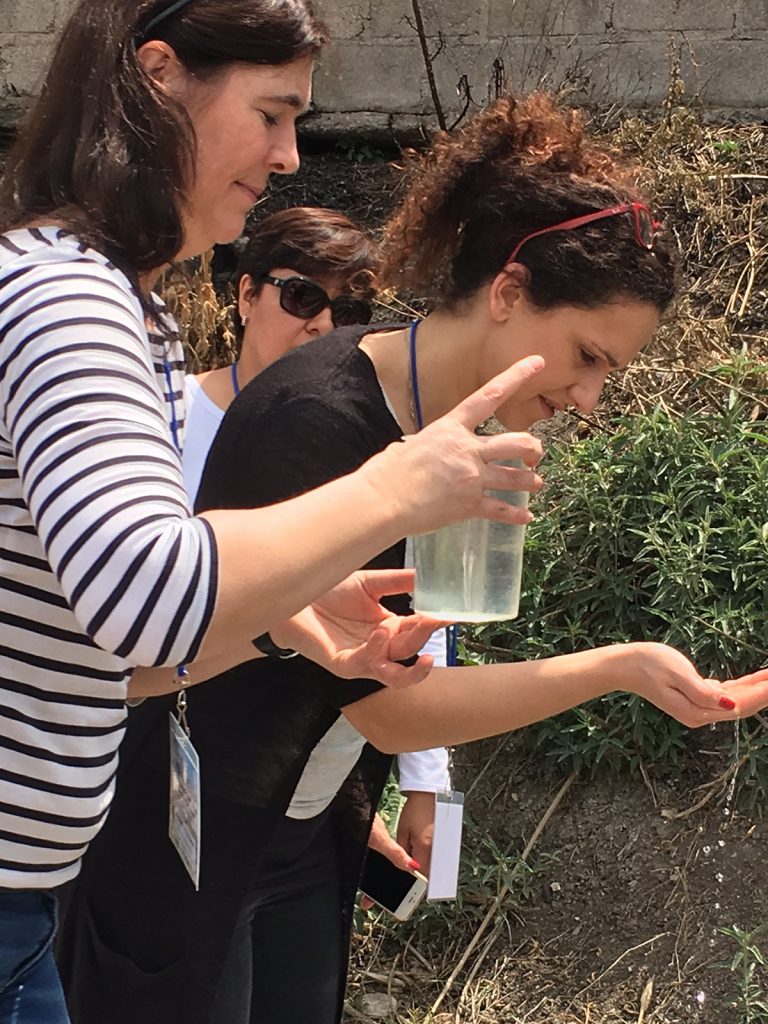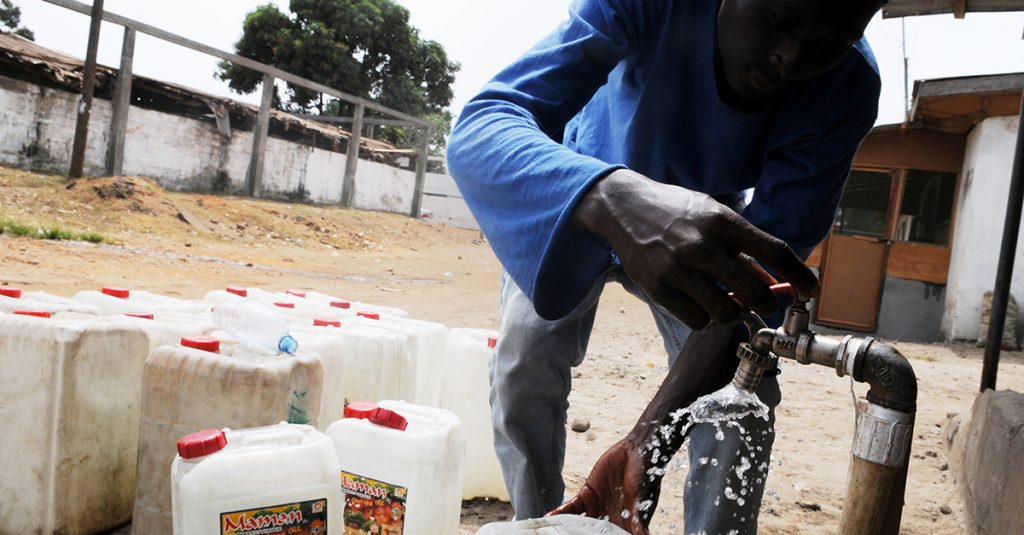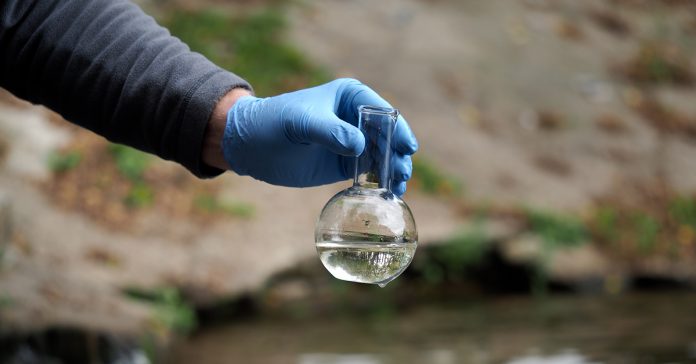By SungBong Lee, Tamara Avéllan, and Sabrina Julie Kirschke*
Good water quality is essential for human well-being and for maintaining a healthy environment with high biodiversity. It plays a crucial role in determining the environmental health of a certain place. Accurate water quality measurement, therefore, is a preliminary step in environmental management and policy-making processes. But how do we monitor water quality?
This is done using water quality indicators and indices. Water quality indicators are variables that tell us about the physical or chemical property of interest from a certain water sample. A water quality index (WQI), derived from pre-examined indicators, expresses the quality of a water body in a target area in the form of a grade whether numerical (1 to 5) or in a more qualitative manner (poor/good/excellent). Indices have conventionally been developed on the regional or national level with consideration for the environmental and technical circumstances of each country.
 Since the development of major indices such as the National Sanitation Foundation WQI (Wills and Irvine 1996) and Canadian Council of Ministers of the Environment WQI (Khan et al. 2005), numerous other indices as well as indicators have been developed. Counting parameters included in several water quality guidelines, the number of indicators is estimated to be at about 470. Out of these, at least 30 to 40 indicators are currently more commonly and frequently used for water quality measurement.
Since the development of major indices such as the National Sanitation Foundation WQI (Wills and Irvine 1996) and Canadian Council of Ministers of the Environment WQI (Khan et al. 2005), numerous other indices as well as indicators have been developed. Counting parameters included in several water quality guidelines, the number of indicators is estimated to be at about 470. Out of these, at least 30 to 40 indicators are currently more commonly and frequently used for water quality measurement.
It seems reasonable to have such a great number of indicators and indices in order to cover different conditions of water bodies all over the world. However, the current problem is simple: There are too many of them.
The problem with too many indicators and indices
- Too many options for indicators and indices make it difficult for water scientists or experts to decide which method they should use to get relevant results.
- It is hard to expect an equal level of reliability from each index.
- The development of a globally available WQI for integrated comparison of water quality seems impossible.
The problem arises from measurement methods of indicators. The US Environmental Protection Agency (EPA), American Public Health Association (APHA), or International Standards (ISO) are the most popular standards that provide globally accepted measurement methods for water quality indicators. However, one may find at least four or five different standard methods for measuring one parameter from each of them, which could confuse practitioners. Each of these methods has very different technical and financial requirements and therefore, different levels of validity. This could cause reliability problems in water quality indices, which are based on the measured values of specific indicators.
The absence of uniformity or criteria to evaluate the reliability of indices worsens this problem. Many water quality indices are developed by individual scientists by modifying previous indices and many of them leave the determination of which and how many parameters to be included to the professional judgement of the user. After comparing 36 indices, Fernández, Ramírez, and Solano (2004) also questioned the reliability of the indices. They found out that there were appreciable differences between grades given by different indices on the same water sample. If so, would it be possible to develop an integrated index that can be used worldwide? Unfortunately, that is not going to be easy either. First of all, a single index will not be able to take into consideration all the different environmental conditions of every individual area. Moreover, different levels of finance and technology available to different countries create data gaps between them. This is another challenge to overcome. For example, several methods require expensive equipment and certain laboratory facilities that perhaps developing countries are not able to afford. Furthermore, an unequal distribution of monitoring stations is also another reason for data gaps.
If so, would it be possible to develop an integrated index that can be used worldwide? Unfortunately, that is not going to be easy either. First of all, a single index will not be able to take into consideration all the different environmental conditions of every individual area. Moreover, different levels of finance and technology available to different countries create data gaps between them. This is another challenge to overcome. For example, several methods require expensive equipment and certain laboratory facilities that perhaps developing countries are not able to afford. Furthermore, an unequal distribution of monitoring stations is also another reason for data gaps.
It seems that water quality indicators and indices are in a diversity dilemma. It is obvious that diverse indicators and indices are necessary for measuring water quality at different locations, but at the same time, this comes at the expense of efficiency in the measuring process and data reliability. Nevertheless, no attempt has been made so far to quantitatively weigh different indices. It is ambitious to expect a sudden change to solve this problem. However, one possible solution would be the development of a cluster of indices based on similarity of geographical conditions. A guideline clustering different values of indices for similar environments would help practitioners when they have to select an index to apply. If we could also find a basis to compare the differences and designation of indices through the guidelines, it would greatly help them to compare and recognise water quality of different areas.








